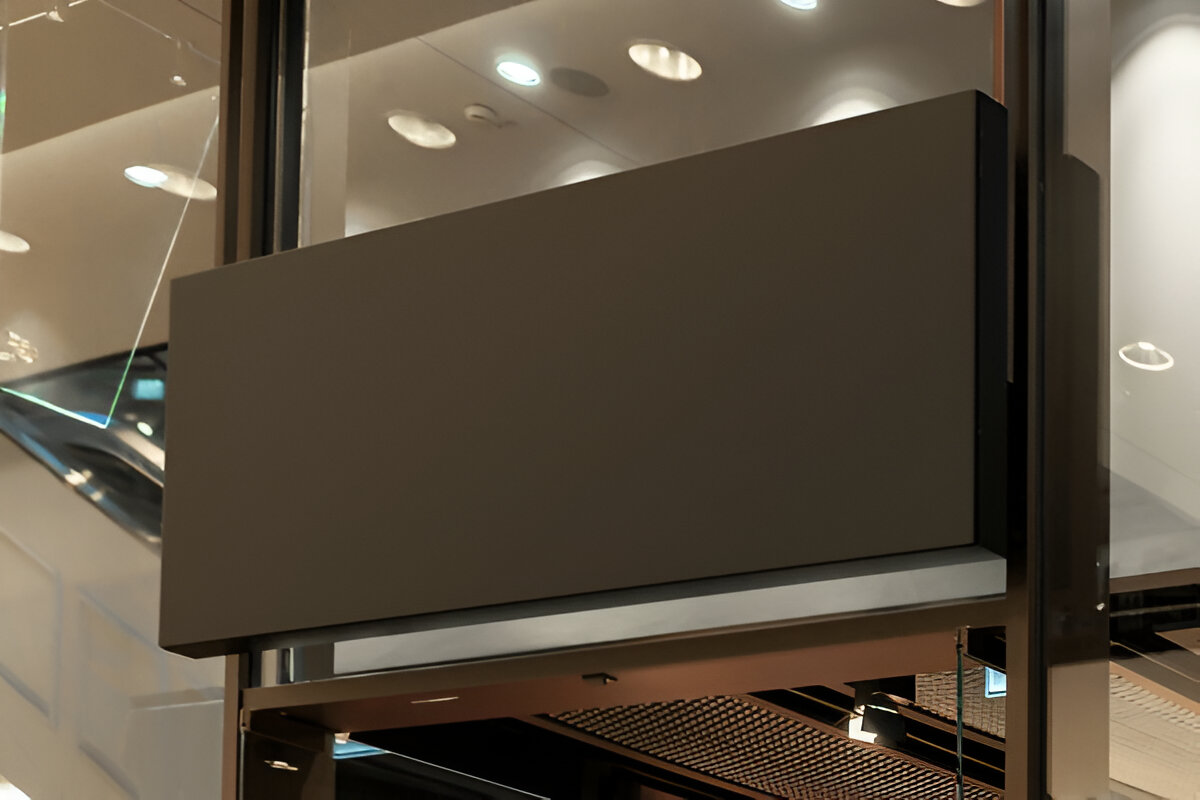When we think about building or upgrading a computer, the first components that come to mind are often the processor, the graphics card, or even the memory. Yet, none of these parts would function without the central piece of hardware that connects them all: the Motherboard. Acting as the foundation of any PC system, the motherboard is more than just a circuit board—it’s the central nervous system that allows communication between every other component.
In this article, we’ll explore the significance of motherboards, their main functions, the different types available, and what users should consider before making a choice.
What is a Motherboard?
At its core, a motherboard is a large printed circuit board (PCB) that houses and interconnects essential computer components. It holds the CPU, RAM, storage devices, and expansion cards, while also managing input/output functions such as USB, audio, and networking.
Without a motherboard, a computer would simply be a collection of unconnected parts. Its purpose is to serve as the backbone of the system, ensuring seamless communication and power delivery.
Core Functions of a Motherboard
The motherboard performs multiple critical roles that directly impact the stability and performance of a PC:
- Component Interconnection
- Provides slots and sockets for CPU, RAM, GPU, storage drives, and expansion cards.
- Power Distribution
- Ensures each component receives stable and regulated power from the power supply.
- Data Communication
- Uses buses, chipsets, and integrated circuits to enable smooth data transfer between hardware parts.
- Peripheral Integration
- Manages built-in ports (USB, Ethernet, HDMI, audio) for external devices.
- BIOS/UEFI System
- Houses the firmware that initializes hardware during startup and provides system configuration options.
Key Motherboard Components Explained
Understanding the main elements of a motherboard helps users grasp its importance.
- CPU Socket: The slot where the processor is installed. Compatibility depends on socket type (e.g., LGA1700 for Intel, AM5 for AMD).
- RAM Slots (DIMM): Hold memory modules, affecting multitasking and speed.
- Chipset: Acts as a traffic controller, determining compatibility with CPUs, storage devices, and PCIe lanes.
- Expansion Slots (PCIe): Allow the addition of graphics cards, sound cards, or WiFi adapters.
- Storage Connectors: M.2 slots for SSDs and SATA ports for HDDs and older SSDs.
- VRMs (Voltage Regulator Modules): Ensure stable CPU power delivery, crucial for performance and overclocking.
Types of Motherboards by Form Factor
One of the most important distinctions between motherboards is their form factor, which refers to their size and layout.
- ATX (Advanced Technology eXtended):
- Standard size offering maximum expansion slots.
- Suitable for gaming rigs and workstations.
- Micro-ATX:
- More compact with fewer slots but budget-friendly.
- Balances functionality and affordability.
- Mini-ITX:
- Smallest consumer form factor.
- Ideal for compact builds but with limited expandability.
- E-ATX (Extended ATX):
- Larger than ATX with extra slots.
- Favored by enthusiasts for multi-GPU setups and advanced cooling systems.
Factors to Consider When Choosing a Motherboard
Selecting the right motherboard requires considering several practical factors:
- Processor Compatibility: Ensure the CPU and socket type match.
- Chipset Features: Higher-end chipsets support faster memory, PCIe 5.0, and more USB ports.
- Future Upgradability: Extra slots and ports allow upgrades later on.
- Power Delivery: Quality VRMs improve system stability, especially for high-performance CPUs.
- Form Factor & Case Fit: The motherboard must fit into the PC case.
- Connectivity Options: Built-in WiFi, Bluetooth, or multiple USB-C ports may be essential for some users.
Why Motherboards Matter in Performance
Many people underestimate how much a motherboard contributes to system performance. While it doesn’t directly improve frame rates in games or speed up rendering tasks, it provides the foundation for hardware to perform optimally.
A weak or incompatible motherboard can bottleneck high-end components. For example, a gaming GPU will not deliver its full potential if the motherboard only supports limited PCIe bandwidth. Similarly, fast DDR5 memory will not work if the board only supports DDR4.
Motherboards and Future Technology
With each generation of processors, motherboard technology continues to evolve. Recent trends include:
- Support for DDR5 Memory: Offering higher bandwidth and efficiency.
- PCIe 5.0 Expansion: Doubling transfer speeds for next-gen GPUs and SSDs.
- Integrated WiFi 6E & 7: Enhancing wireless connectivity.
- Smarter BIOS Features: Providing user-friendly overclocking and system monitoring tools.
These advancements highlight the importance of choosing a motherboard that can adapt to upcoming technologies.
Common Misconceptions About Motherboards
- “Any motherboard will do.”
- Not true. Motherboards affect compatibility, power stability, and long-term upgrade options.
- “Expensive motherboards always perform better.”
- While premium boards have better build quality and features, performance depends on balanced system configuration.
- “All chipsets are the same.”
- Different chipsets offer unique support for storage, overclocking, and connectivity.
Final Thoughts
The motherboard is more than just a physical base—it is the silent enabler of your PC’s performance. Choosing the right one ensures stability, compatibility, and future-proofing. Whether you’re building a budget PC, a powerful gaming system, or a workstation, the motherboard determines how well all your components will function together.
For those exploring reliable computing solutions, platforms like Qbit make it easier to research and compare components before making decisions. A well-chosen motherboard ensures your system remains efficient and adaptable for years to come.


